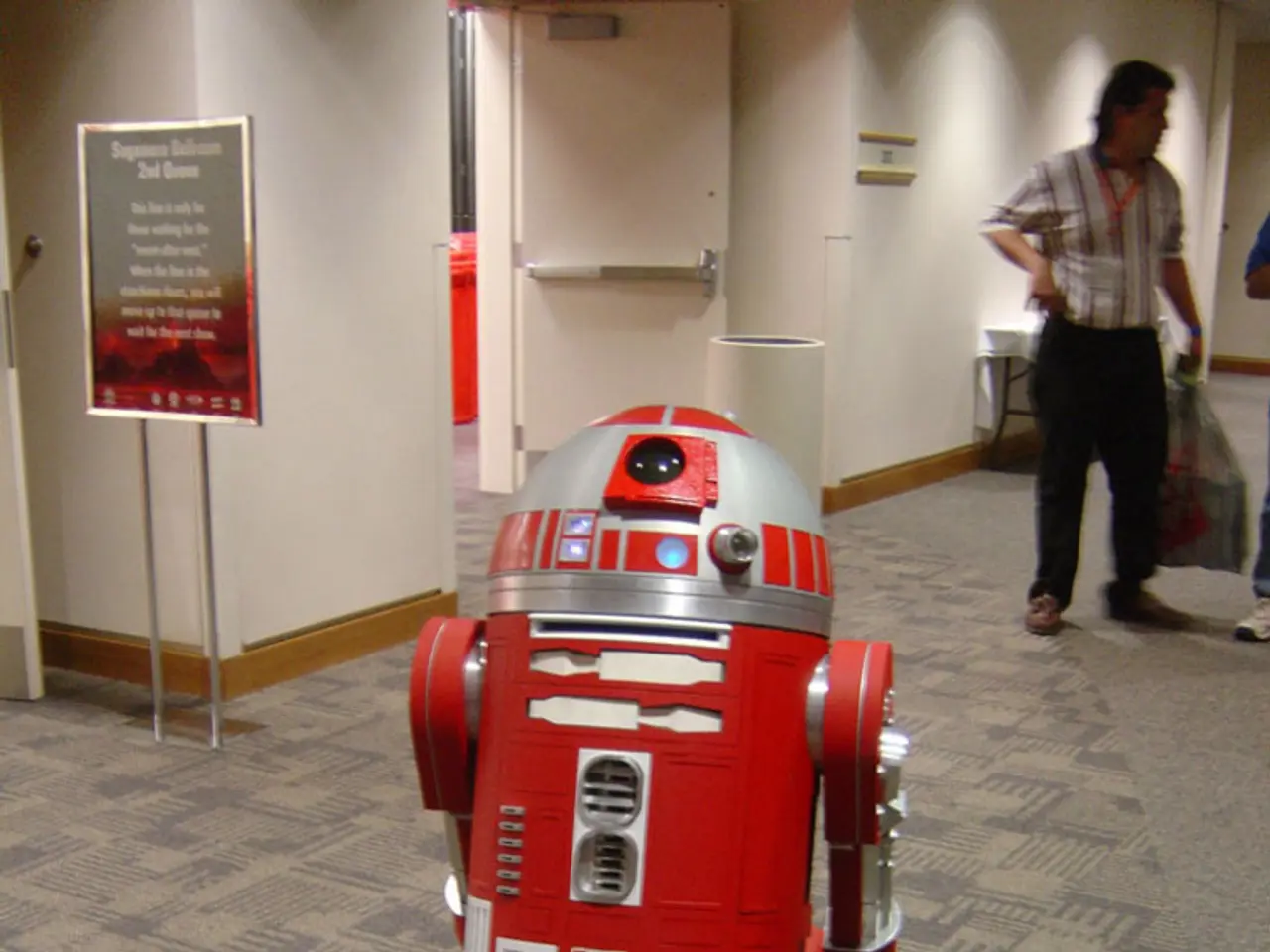Autonomous Enterprise AI Solutions being advanced through Multi-Agent AI Architecture - Shaping the Future of AI Integration
In the rapidly evolving landscape of artificial intelligence (AI), enterprises are seeking ways to leverage AI for transformative growth. One such approach is the adoption of multi-agent AI architectures, which have become a defining factor in AI-powered transformation.
These architectures consist of multiple specialized autonomous agents, each equipped with domain-specific large language models (LLMs), memory systems, tool integration, communication protocols, and autonomous decision-making mechanisms. This design allows the system to handle complex, large-scale workflows by partitioning tasks across agents tailored to different functions or domains.
The Multi-agent AI Journey
The journey towards implementing multi-agent AI systems can be broken down into several phases.
- Phase 1: The initial stage involves identifying the business problems that can be addressed by multi-agent AI systems.
- Phase 2: In the second phase, the design of the agent ecosystem is crucial. This includes creating detailed specifications for each agent, defining clear boundaries, and establishing hierarchical relationships.
- Phase 3: The infrastructure foundation requires building a communication infrastructure for message queuing systems, shared databases, and monitoring tools.
- Phase 4: Controlled deployment involves testing the system with a limited scope, deploying agents in controlled environments with human oversight.
- Phase 5: Progressive scaling involves gradually expanding the system by adding new agents or enhancing existing ones.
Key Components of Multi-agent AI Systems
Key components of these systems include specialized LLMs, memory systems, tool integration and API orchestration, communication protocols, and autonomous decision-making mechanisms.
- Specialized LLMs: Each agent uses a language or cognition model tuned for its specific operational context, such as financial analysis or customer service.
- Memory systems: Agents have layered memory (short-term for task context, long-term for learned insights, and episodic for inter-agent collaboration patterns) to improve learning and adaptation.
- Tool integration and API orchestration: Agents interface securely with existing enterprise systems, enabling seamless task execution without compromising security or data consistency.
- Communication protocols: These frameworks govern how agents share data, coordinate, negotiate, and resolve task conflicts, ensuring scalability, flexibility, and security.
- Autonomous decision-making: Agents employ rule-based logic, decision trees, and machine learning to act independently or collaboratively, adapting to changing business conditions without human intervention.
Benefits of Multi-agent AI Systems
Adopting multi-agent AI systems offers numerous benefits for enterprise transformation. These include enhanced problem-solving, scalability, increased reliability and robustness, flexibility and adaptability, efficiency and speed, better integration with enterprise infrastructure, improved decision quality, and real-world implementation use cases across various sectors.
However, realizing these benefits requires thoughtful architectural design, rigorous governance, incremental testing, clear agent roles, and flexible communication frameworks. Enterprises must also focus on safety, monitoring, and continuous improvement within their multi-agent AI ecosystems.
The Kellton Advantage
Partnering with Kellton can accelerate this journey towards intelligent business automation through autonomous operations. Kellton brings a proven methodology for multi-agent architecture adoption, addressing the complete transformation journey. Their multi-agent architecture practice combines deep technical expertise with business acumen developed through hundreds of successful deployments.
Real-world Impact
One example of the real-world impact of multi-agent AI systems can be seen in the case of Lumen, which cut a traditionally four-hour seller process down to just 15 minutes, projecting annual time savings worth $50 million.
As the adoption of multi-agent AI architectures continues to grow across sectors such as finance, insurance, e-commerce, healthcare, and more, it's clear that these systems will play a significant role in driving productivity, cost reduction, and innovation readiness. The agentic AI market is expected to reach USD 196.6 billion by 2034, growing at a CAGR of 43.8%.
However, it's important to note that a significant portion of companies that are still relying on generative AI in some capacity report no material contribution to earnings from their AI-centered initiatives. This underscores the importance of thoughtful adoption and implementation strategies for multi-agent AI systems.
In conclusion, the adoption of multi-agent AI systems offers a promising avenue for enterprises seeking to leverage AI for transformative growth. By partnering with Kellton, enterprises can accelerate their journey towards intelligent business automation through autonomous operations.
Technology and artificial intelligence (AI) converge in the implementation and evolution of multi-agent AI systems. These systems, defined by specialized agents with domain-specific large language models (LLMs), memory systems, tool integration, communication protocols, and autonomous decision-making mechanisms, are poised to revolutionize enterprise growth.
In the development of multi-agent AI systems, thoughtful architectural design, rigorous governance, incremental testing, clear agent roles, and flexible communication frameworks are crucial to ensure benefits such as enhanced problem-solving, scalability, increased reliability, flexibility, and real-world implementation across various sectors.




